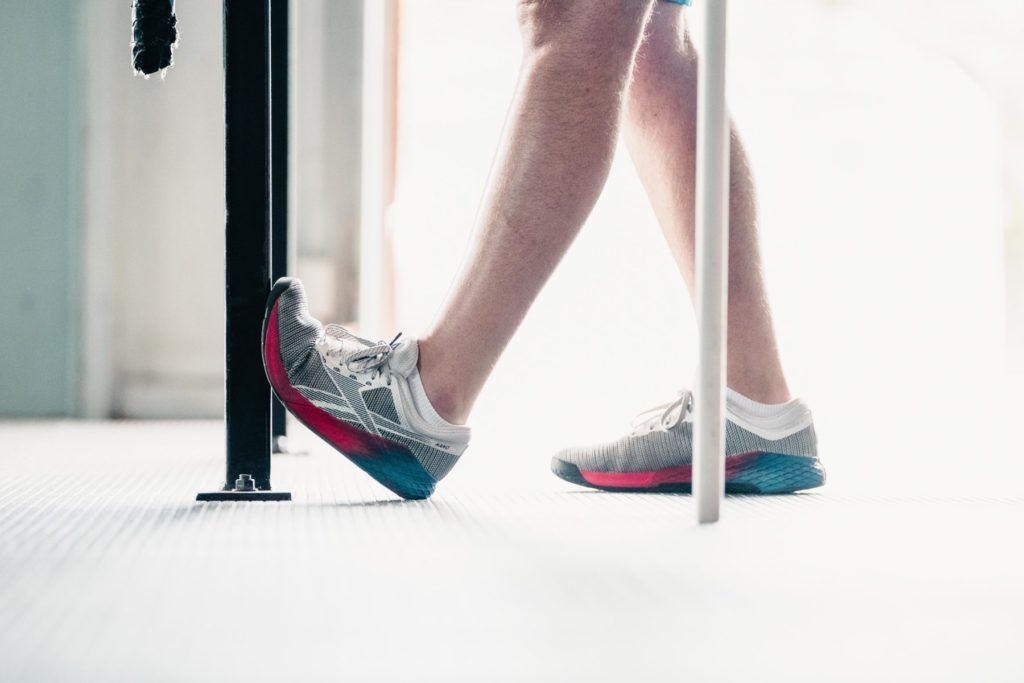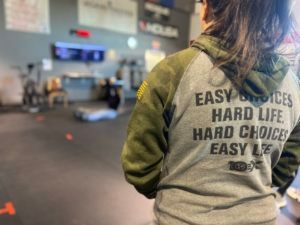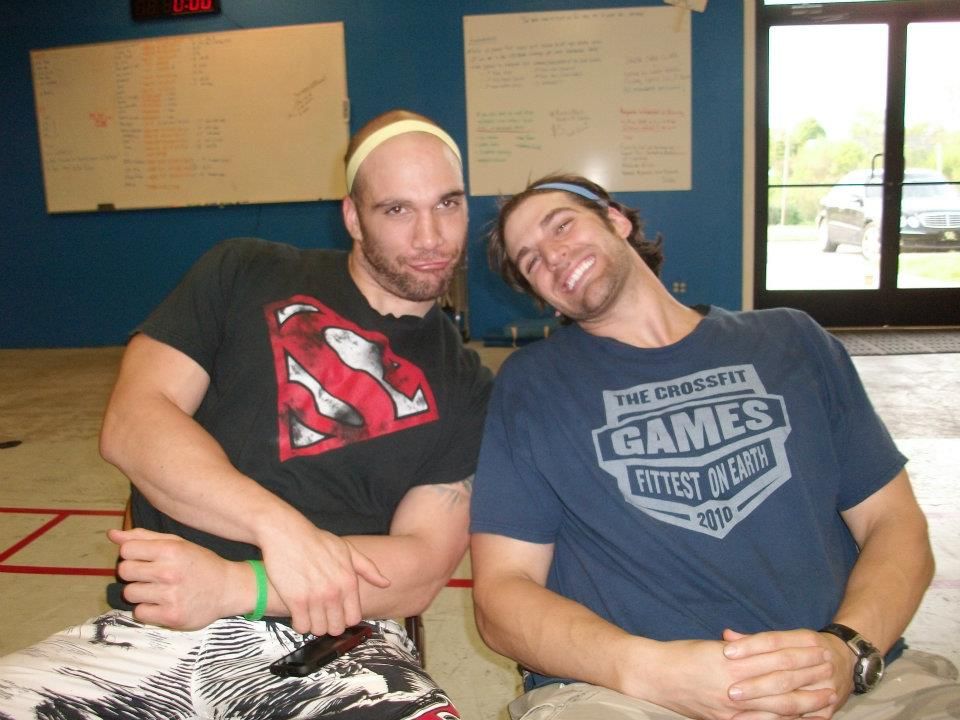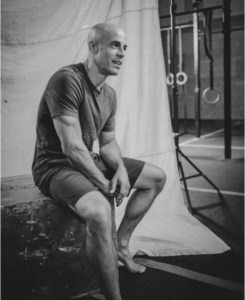Limits to Growth: A Cautionary Fitness Tale
I recently finished reading another book. Per usual, it prompted some thought about distilling its lessons into ones worth applying to my life and, from what platform I have, ask you to consider in yours. In oversimplified form, the book – Limits to Growth: The 30-Year Update – reads something like this:
Since the late 1900s, sea levels are rising, glaciers are retreating and ice around the Arctic Sea is thinning. Our arable lands and fisheries (75% of them) have been exploited beyond their ability to regenerate and near collapse. These, according to author Donella Meadows and co., are symptoms of a world in overshoot – where society, in a hurry to grow, consumes resources faster than they can be restored and pollutes faster than Earth can render it harmless. All this leads toward collapse, but there may be time to address these problems and soften their impact.
Let’s begin by defining overshoot. Overshoot, according to Google, is to pass a threshold unintentionally, especially by traveling too fast or being unable to stop. It’s for this reason I find myself compelled to share some curious similarities. While this isn’t a forum to discuss political positions, environmental stance or distribution of wealth, I posit the triggers of ‘overshooting’ growth on a global (environmental and economical) scale mirror those of overshooting on a fitness one. The theoretical essence of growth is universal after all – there must be a limit. Meadows reasons that there are three causes of overshoot: first, comes rapid change. Then, follows limits to that change. And, finally we see errors in perceiving limits or controlling change.
The nature of growth, concerning physical change i.e. the development of fitness, follows the same trajection. Join me in following our newest (theoretical) member, Billy Ordinary – let’s call him BO, for short – through an imaginary, and maybe familiar, fitness journey. The same story (relatively) could be told for Billy’s wife – Bobbi, his parents – Bruce and Barbara, and most anyone with untethered notions on growth.
Phase 1: Rapid Change
- BO decides that 15 odd years of physical complacency, family and career focus have changed him beyond physical recognition and he’s ready to wrestle his body back under control.
- BO’s buddies tirelessly post about training at a local CrossFit gym.
- BO decides to join them for a trial.
- BO wakes up after day 1 and finds himself tender in corners and regions he’d long-forgotten…but he feels compelled to return.
- BO joins the gym.
- BO completes a consultation, assessment, and graduates Prep Course.
- Enlightened, BO ‘overhauls’ his diet – eliminating fast food, most sweets (aside for weekend treats) and saunters off into the setting sun; the one casting shadows on his former life and habits.
- After a few weeks, BO finds himself a few pounds lighter and stronger. So strong, in fact, that he’s added 35kg to his deadlift numbers.
- BO knows – the sky is the limit for his fitness’ future.
Phase 2: Limits to Change
- Months pass (maybe a year or so) and BO finds himself many pounds lighter and almost twice as strong as before.
- But, BO isn’t quite satisfied. His fitness tool belt should possess triple-unders and a triple bodyweight deadlift.
- BO elevated his expectations. He sees what’s possible – it’s pasted all over Instagram and Facebook.
- BO wants to be leaner so he overhauls his diet again. This time it’s for real – if it ain’t Paleo, it ain’t food!
- Rest days are now a thing of the past for BO. He actively recovers with long runs, hikes and swimming intervals.
- BO also wants to be stronger. He performs a little internet digging and decides to add some extra ‘leg work’ on his own time.
- The Smolov Jr. program fits BO’s aspirations just swell.
- BO knows best – his problems are solved. Ultimate fitness is nigh.
Phase 3: Errors in Perceiving Limits
- More time passes for BO.
- BO, in an effort to achieve Instagram-worthy abs, now measures all sustenance entering his mouth. If calories are above his daily allotment – which never happens – he’s ill. But, BO does lose another handful of pounds.
- BO, in calculating his macronutrient ‘needs’, spent many late nights scouring the web for the perfect macro-nutritional formula.
- BO is often tired, but that’s just part of it, BO thinks. He often relies on a few extra scoops of preworkout or cups of coffee to ‘crush’ his training.
- During his late-night research, BO stumbled upon a competitive CrossFit blog. He decides to follow it in addition to his squat template.
- Speaking of training, BO’s squat increase is negligible, but he skates-by, nearly able to successfully complete the Smolov Jr. program.
- BO, unsatisfied, opts for the full-blown Smolov program this time around. “If you want more, you have to do more.” – he says to himself.
- A couple of weeks pass. BO starts the ‘leaning’ portion of his nutritional plan and the peaking portion of the squat template.
- It’s Tuesday, BO had a horrible and long day at work, but he plans to ‘destress’ during his second training session today.
- Pressed for time, BO makes some aggressive bar-loading increases during his 5-minute warmup.
- BO’s squats feel just a bit off. He washes those feelings down with an extra swig of pre workout.
- BO loads his bar according to Smolov, and begins his first set. The bar feels quite heavy. But, squat he must and be strong he will.
- On rep 2 of 3, BO looses control and starts folding forward. In an attempt to escape (not drop the bar on himself) he squirrels his way from under the crashing load and narrowly avoids catastrophe.
- BO stands and feels a twinge in his back, but it’s not immediately painful. Frustrated, he makes a good decision – the first in sometime – he heads home.
- The next morning, BO finds himself struggling to sit up and out of bed. His back hurts badly. Bo thinks, “What did I do to deserve this?”
- BO knows – he’s sidelined himself with a serious injury.
It’s obvious that BO needed something in which to believe – he chose himself, his own fitness (might we all choose such benign pursuits). It’s easy to lose something in our haste to remake ourselves: a sense of limits, an awareness of the importance of our body’s resiliency and, ultimately, its limitations. The extreme case of BO makes a number of obvious points. Like proponents of endless growth on a limited planet with finite resources, BO overshot his target: fitness as he defined it. Ignoring obvious signals (losing sleep, lowering calories, increasing stress through training, overwhelming periods at work, etc), he made unsustainable choices and was literally forced into a fitness ‘recession.’ To steal an analogy from Meadows, the difference between a sustainable [fitness and BO’s] is like the difference between stopping an automobile with the brakes versus stopping it by crashing into a brick wall.
No matter the physical quest (be it competitive fitness, injury rehabilitation or, simply, to live long and prosper), I believe it our responsibility to create opportunities for education on the pursuit of, and provide an opportunity for, sustainable fitness. Opportunities that meet the needs of the present self without compromising the vitality of future ones (remember A Curious Case for the Morality of Fitness ?). When successful, fitness becomes a medium for real, unlimited growth (inspiration and fulfillment). Then we might turn the consumptive corner to see a most satisfying vision: the purpose of existence is much greater than physical expansion, consumption and accumulation. Perhaps we might even entertain the idea of ‘negative’ growth – to undo excess. And in the name of something greater than ourselves, drop below limits and stop behaving in ways that cost more than their worth.
Such is my hope.
G- ———> formerly known as BO
Meadows, D. H., Randers, J., & Meadows, D. L. (2010). The limits to growth: the 30-year update. London: Earthscan.
The post Limits to Growth: A Cautionary Fitness Tale appeared first on 10 Experience.
Previous Posts









